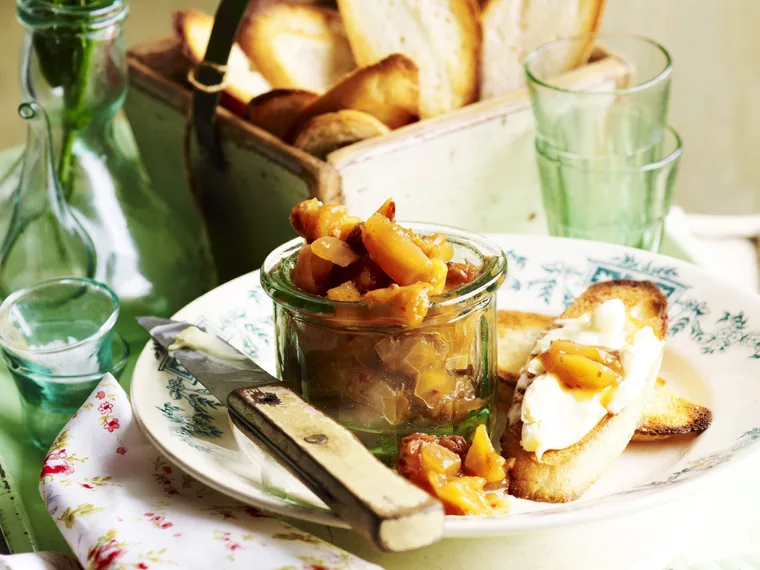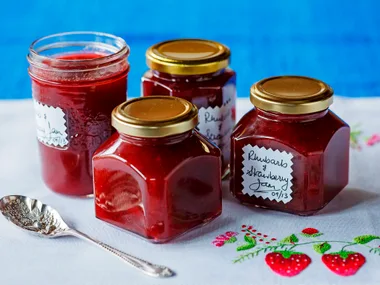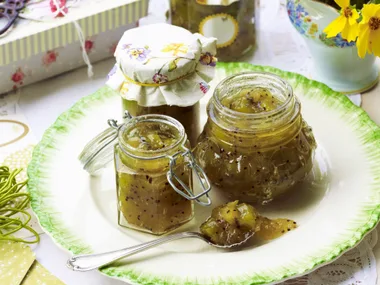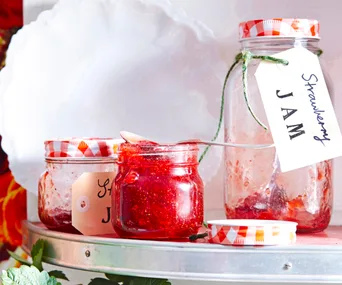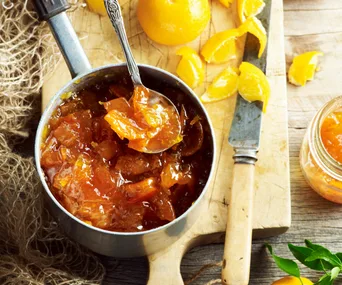Love the idea of making your own jams, marmalades, chutneys and preserves? Once you’ve chosen your recipe from our brilliant collection below, the next step is to sterilise your glass jars.
Here’s how to sterilise jars with three simple methods. Plus, learn how to seal jars and more Test Kitchen tips.
How to sterilise jars
Always start with cleaned washed jars and lids.
1. In the oven
Stand the jars right-way up, not touching each other, on an oven tray in a cold oven. Heat the oven to very slow (120°C) and leave for 30 minutes.
2. On the stove
Cover jars with cold water in a large saucepan, put the lid on the saucepan, bring to the boil and boil for 20 minutes. Remove the jars, drain well and stand right-way up on a board (they’ll dry by evaporation).
3. In the dishwasher
Place glass jars the dishwasher, on the rinse cycle, without detergent, at the hottest temperature.
How to use sterilised jars
Next, remove the jars from the oven or dishwasher with a towel, or from the boiling water with tongs and rubber-gloved hands; the water will evaporate from hot wet jars quite quickly. Stand the jars upright and not touching each other on a wooden board, or a bench covered with a towel to protect and insulate the bench.
Pour hot preserves into hot jars until the jars are filled to the top (in most cases, unless indicated otherwise by the recipe). Secure the lids tightly, hold the jars firmly with a towel or an oven mitt while doing this, then leave the preserves at room temperature to cool before labelling and storing.
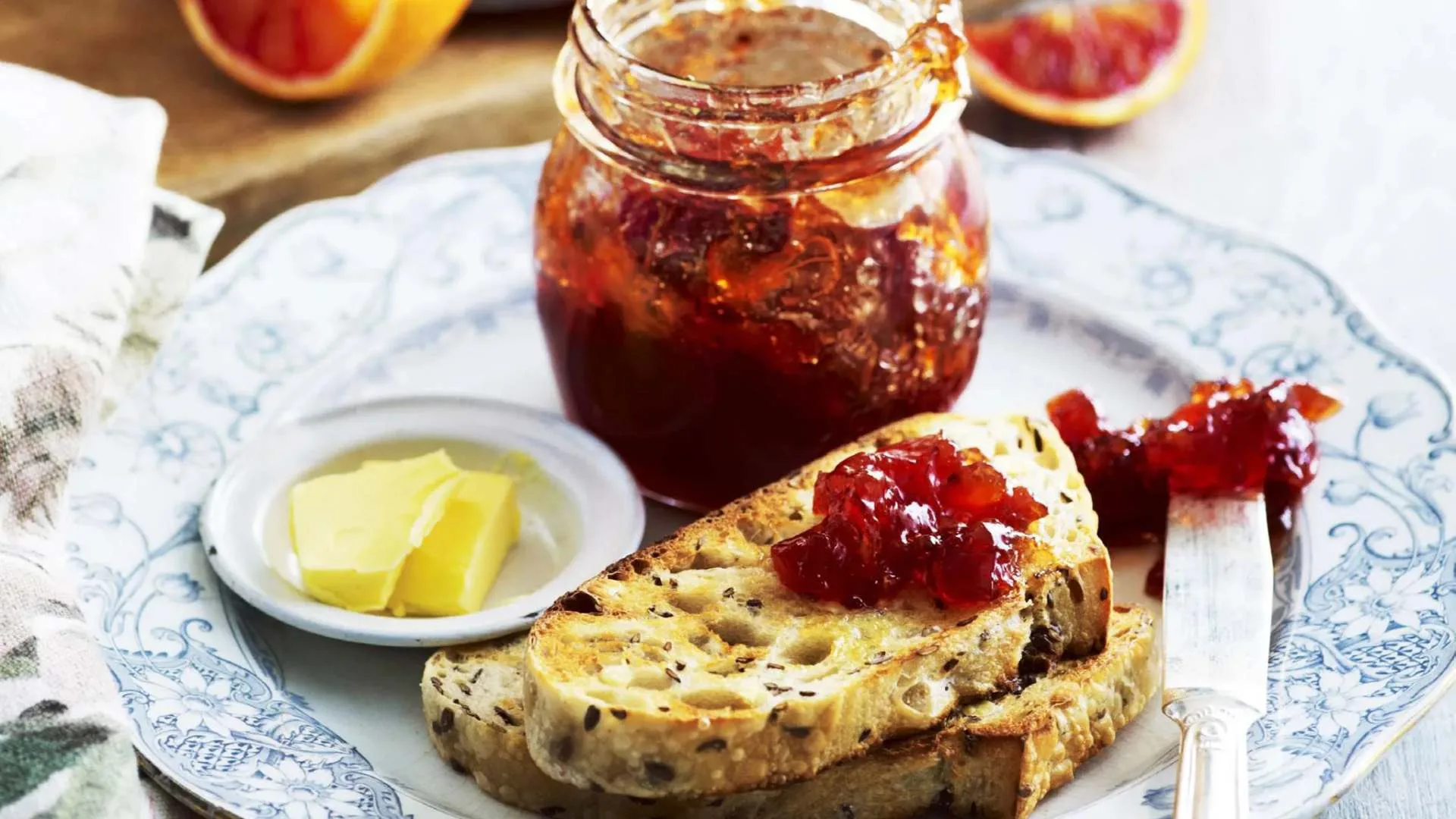
Test Kitchen tips for how to sterilise jars
- Not only does proper sterilisation prolong the life of your homemade jams and preserves, it is also extremely important in preventing food-borne bacteria from causing severe illness.
- Homemade jams, marmalades and preserves should be added to sterilised jars and sealed while still hot. Your glass storage jars must be without chips or cracks.
- It’s important the jars be as clean as possible; make sure your hands, the preparation area, tea towels and cloths etc, are clean, too. The aim is to finish sterilising the jars and lids at the same time the preserve is ready to be bottled; the hot preserve should be bottled into hot, dry clean jars. Jars that aren’t sterilised properly can cause deterioration of the preserves during storage.
How to seal jars
As soon as the preserves are spooned or poured into the sterilised jars or bottles, they must be correctly sealed to prevent deterioration. Fill the hot dry jars right to the top. Preserves shrink slightly on cooling and a full jar means less trapped condensation. Seal the jars while still hot. This rule applies to all jams, jellies, pickles and chutneys.
Which lid do I use?
• Metal lids are not suitable unless they have a protective plastic insert or liner to prevent corrosion.
• Plastic screw-top lids give a good seal (plastic snap-on lids are not airtight enough). Plastic lids must be well washed, rinsed and dried, or put through the dishwasher.
• Some older preserving outfits have glass lids; these can be sterilised in the same way as the jars.
• Do not use aluminium foil, cellophane or paper covers for preserves; acid in the preserves will corrode foil, while paper and cellophane are not airtight enough for long-term keeping.
How to seal jars with paraffin wax
To seal jars the old-fashioned way with paraffin wax (available from chemists):
• Melt wax slowly in a small saucepan over low heat. It is important not to overheat the wax or it will shrink on cooling, giving an imperfect seal.
• Pour a thin layer over the top of the cooled preserve, about 2mm thick, just enough to cover the surface. Leave until almost set, then pour another thin layer on top of the first layer.
• Insert small pieces of string in the wax just before it sets to make it easier to remove wax.
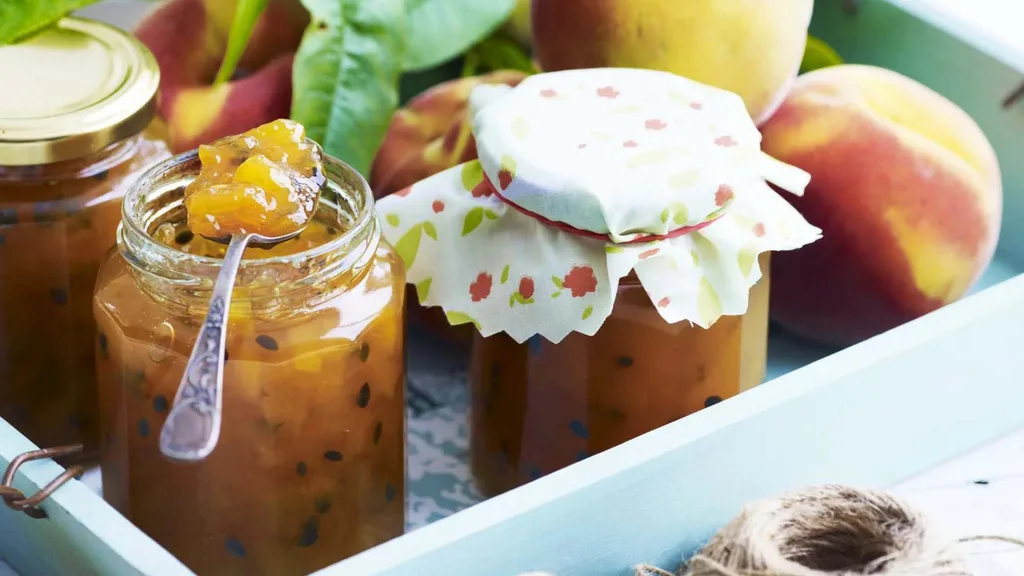
How to store homemade jams
Homemade preserves, or home-style ones from farmer’s markets, can be stored at room temperature away from sunlight until they’re opened. If the climate you live in is hot, wet and/or humid, the safest place to store unopened preserves is in the refrigerator. After opening they always need to be refrigerated and used within a month or two.
How to prevent mould on homemade jams
Jams and preserves should be stored in a cool dark place. The area you choose needs to have a constant air flow and be dry, cool and dark – when a preserve is exposed to light during storage it will discolour. Anywhere dank, musty or mouldy will cause preserves to deteriorate.
If mould does develop on any preserve, throw the preserve in that particular jar away (the mould may not have developed in every jar in the same batch). The visible mould will be on the top of the preserve, but the mould will have penetrated the preserve within the jar – it is not safe to eat any food that has become mouldy during storage. Once a jar of any preserve is opened, store it in the fridge.
Recipes for homemade jams & preserves

Fresh apricot jam
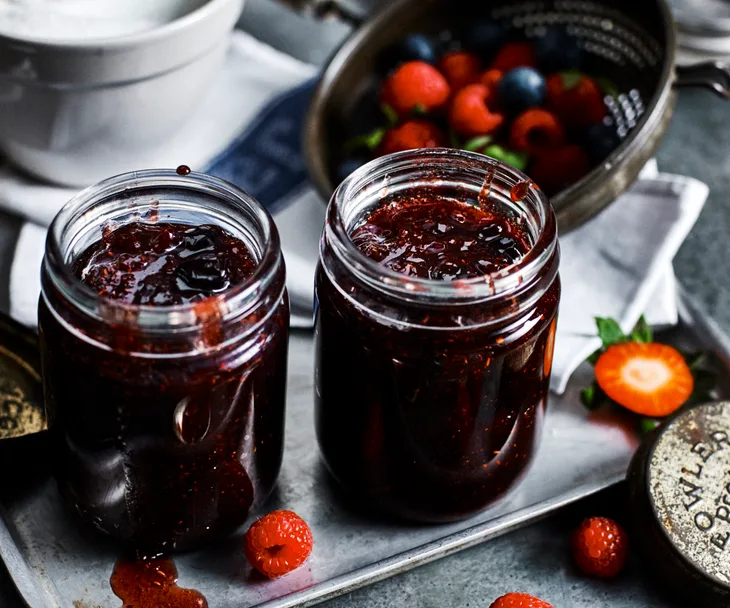
Mixed berry jam
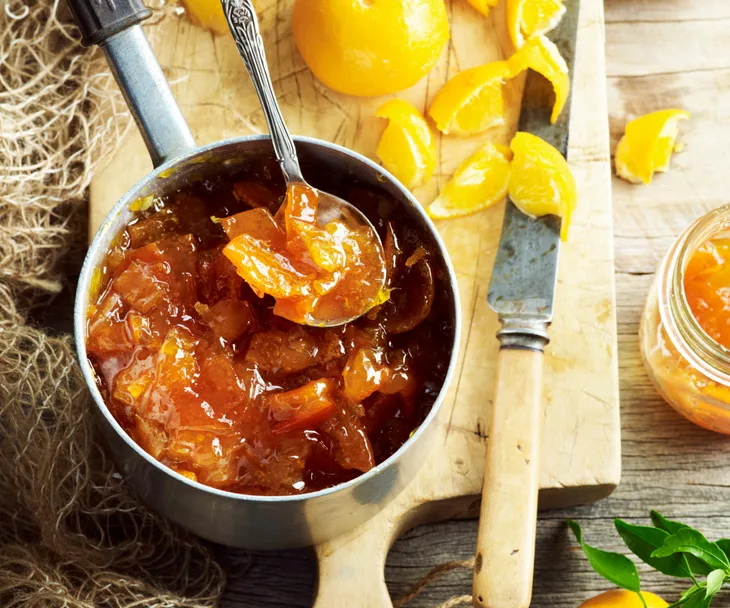
Mandarin marmalade
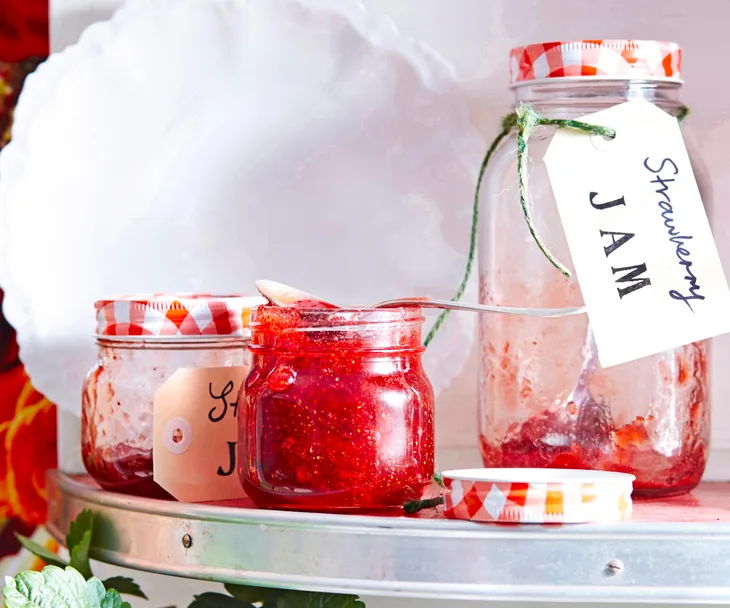
Julie Goodwin’s strawberry jam
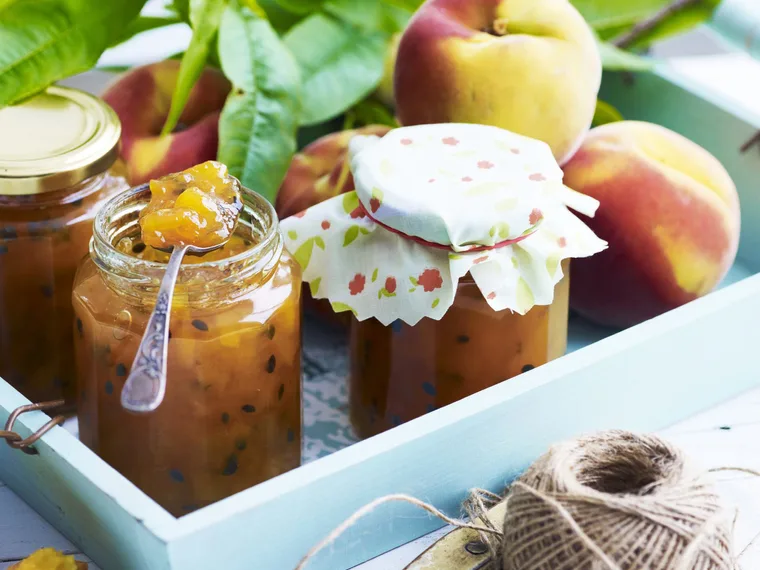
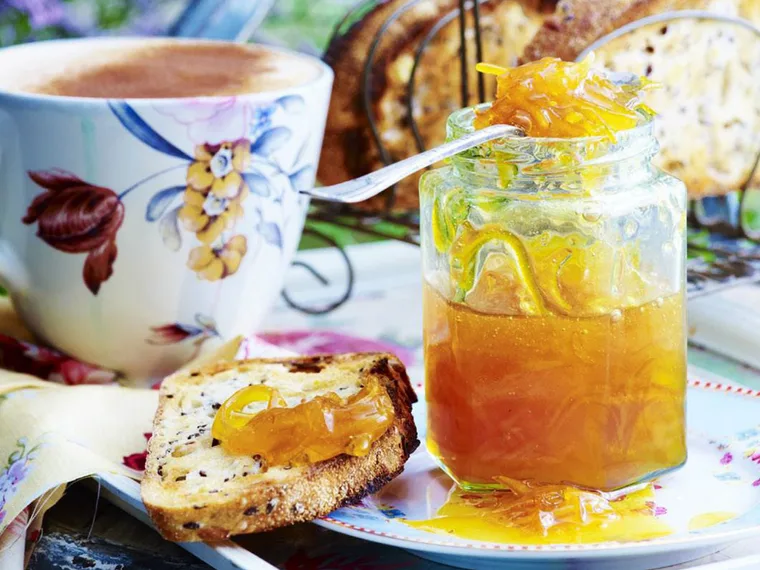
Orange, coriander and ginger marmalade
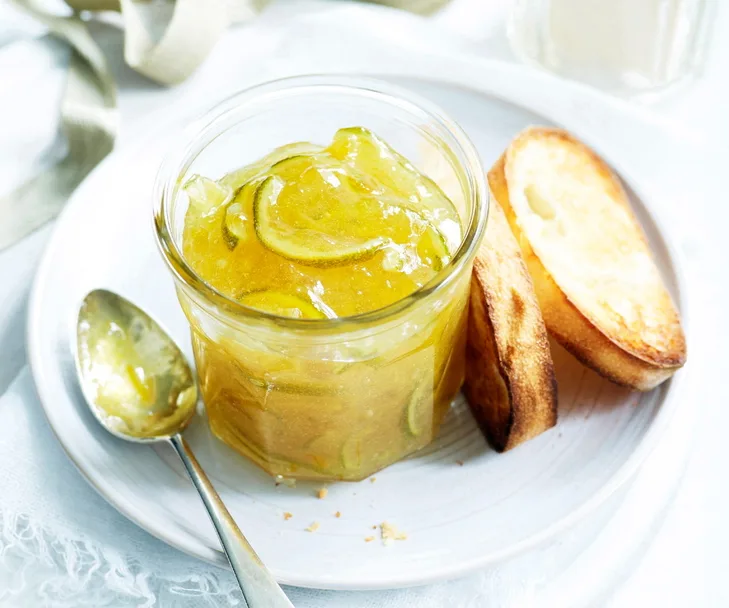
Lemon and lime marmalade
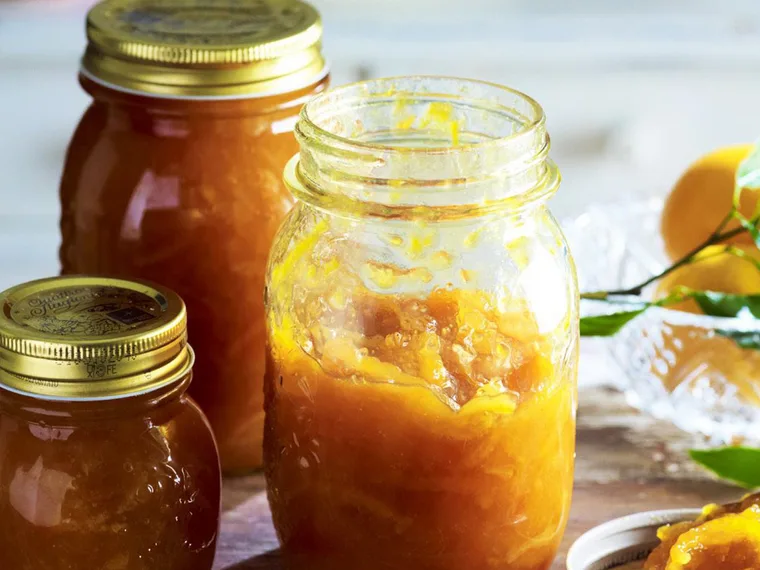
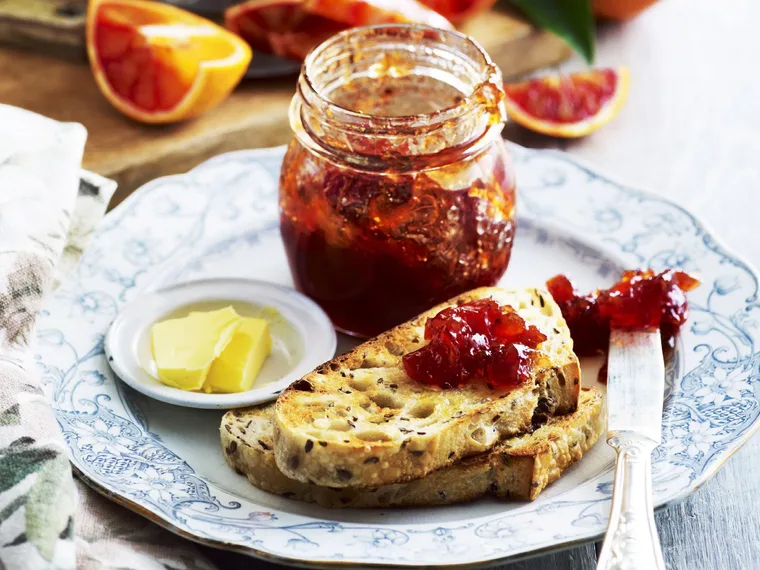
Bitter blood orange and campari marmalade
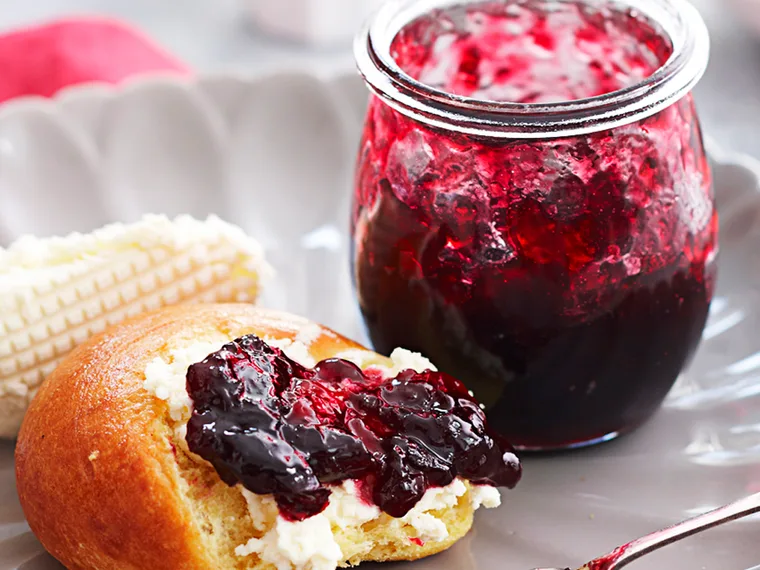
Real cherry jam

Chunky fig and vanilla jam
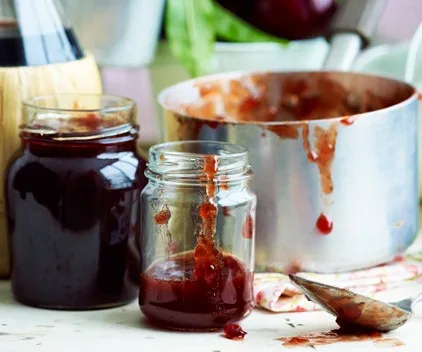
Spiced plum and port jam
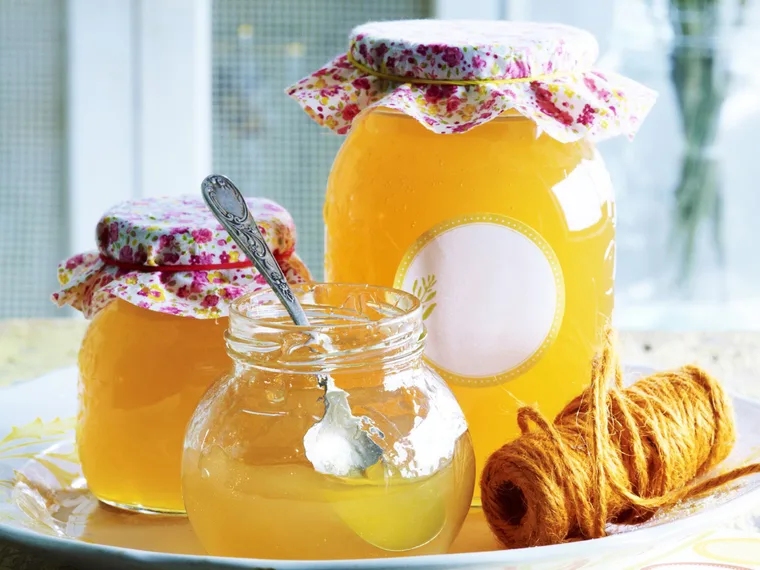
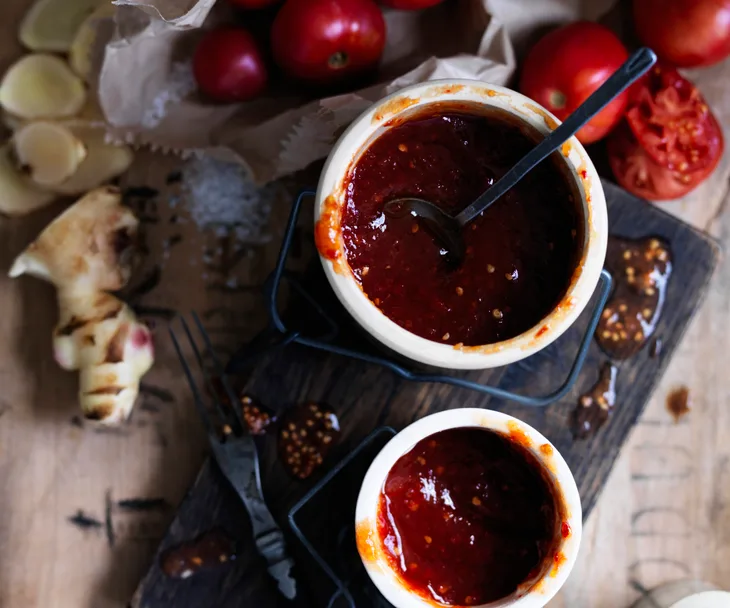
Tomato and chilli jam
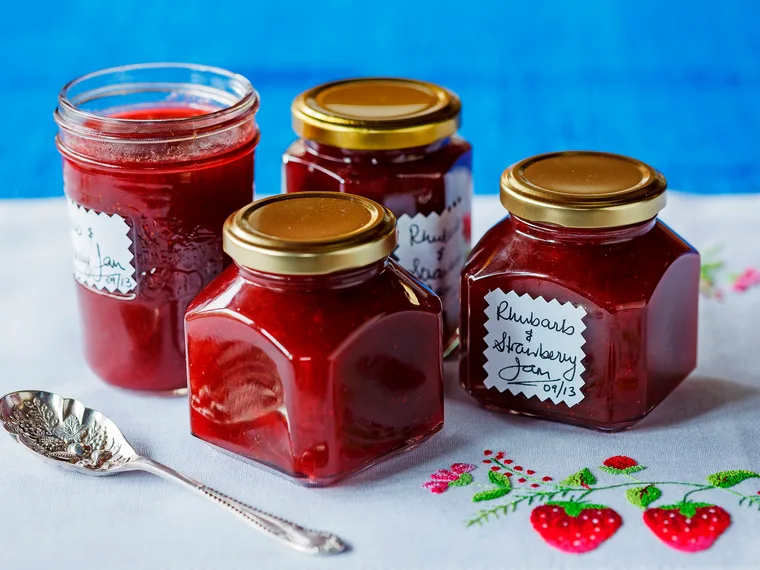
Rhubarb and strawberry jam
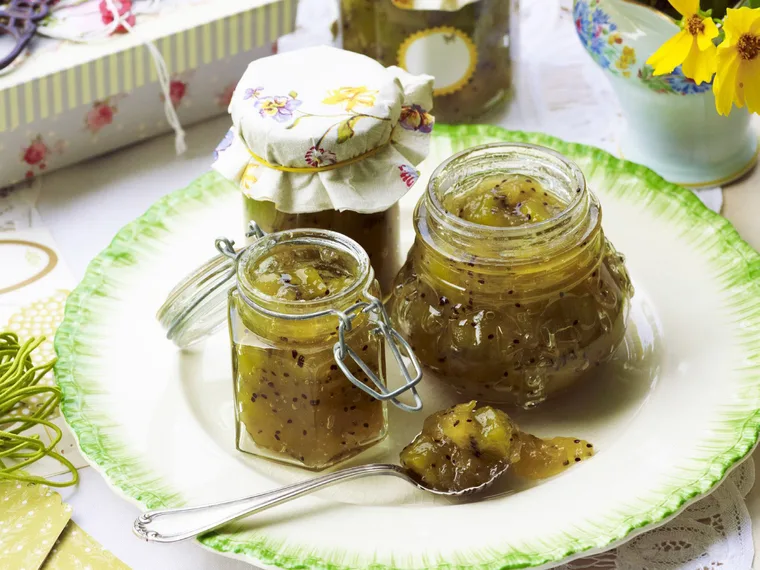
Kiwi fruit and apple jam

Branston-style pickle
